Expanding their own competitive position is a continuous challenge for companies. Product cost optimization is an effective strategy for all industries to meet cost targets and simultaneously increase the customer benefit of products. By systematically identifying and realizing potential savings across the entire product portfolio, a strategic increase in value can be achieved while at the same time minimizing expenditure over the product life cycle. This includes scrutinizing potential in every phase of the product development process: from the design phase to development, purchasing and series production in manufacturing. The aftermarket and service business can also be included in the analysis.

Key elements of product cost optimization
value analysis – Value Analysis / Value Engineering (VA/VE)
VA/VE involves examining product design and functionality to identify opportunities to reduce costs without compromising quality or performance. Cross-functional teams work together to develop innovative solutions that achieve the same or better product results for customers at lower costs.
supplier integration
If companies work together with their suppliers as early as the product development stage, they can achieve significant savings. A tried and tested method are development workshops to discuss product design, the realization of the product function and, if necessary, product development as such. Product requirements are also optimized in parallel. The design, the choice of materials and the manufacturing process are determining factors for the purchase price.
Operational Excellence
The implementation of lean principles in order processing (direct and indirect areas) eliminates waste, streamlines processes and optimizes the use of resources. By systematically eliminating non-value-adding activities in the product creation process , companies reduce manufacturing costs and increase efficiency.
automation and technological progress
Digitalization, automation and investment in advanced manufacturing technologies can reduce labor costs, increase production speed and improve product quality. Even if the initial investment is high, the long-term benefits in terms of cost savings and competitive advantages can be considerable. Investment controlling based on realistic premises is crucial.
continuous improvement and Kaizen
Introducing a culture of continuous improvement across all areas of the company creates the opportunity to make existing standards and processes more efficient, reduce waste, promote quality and optimize costs. Gradual changes in the organization, regular reviews and active feedback lead to a resilient organization with motivated employees.
Product cost optimization as a value driver
By reducing production costs, companies improve profit margins and profitability, even in highly competitive markets with low margins. This makes them more competitive in terms of pricing and enables them to gain market share. Product cost optimization initiatives also offer the opportunity to adapt product quality to customer requirements during the product life cycle or to extend the product’s service life through improved product features.
Optimizing costs and improving profitability also frees up funds that companies can reinvest in research & development, marketing and expansion to promote sustainable growth and innovation. At the same time, it opens leeway for sustainability initiatives. By avoiding and reducing waste, improving energy efficiency and sourcing materials responsibly, companies minimize their environmental impact and are more attractive to environmentally conscious consumers.
Project results speak for themselves
Optimizing product costs by taking a holistic view of costs in all phases of the product life cycle is an effective strategy for meeting the challenges of the markets with flexibility, agility and an increased degree of resilience. The results of typical ConMoto cost-cutting projects in the areas of development and purchasing speak for themselves:
- Product cost reduction of up to 34 percent in the period from three to 24 months;
- Time-to-market reduction of up to 42 percent in the period from three to 18 months;
- Cost reduction in processes and organization of up to 21 percent within a period of three to 24 months.
Optimize your product costs now – for more success in competitive markets. Talk to us!



 Deutsch
Deutsch